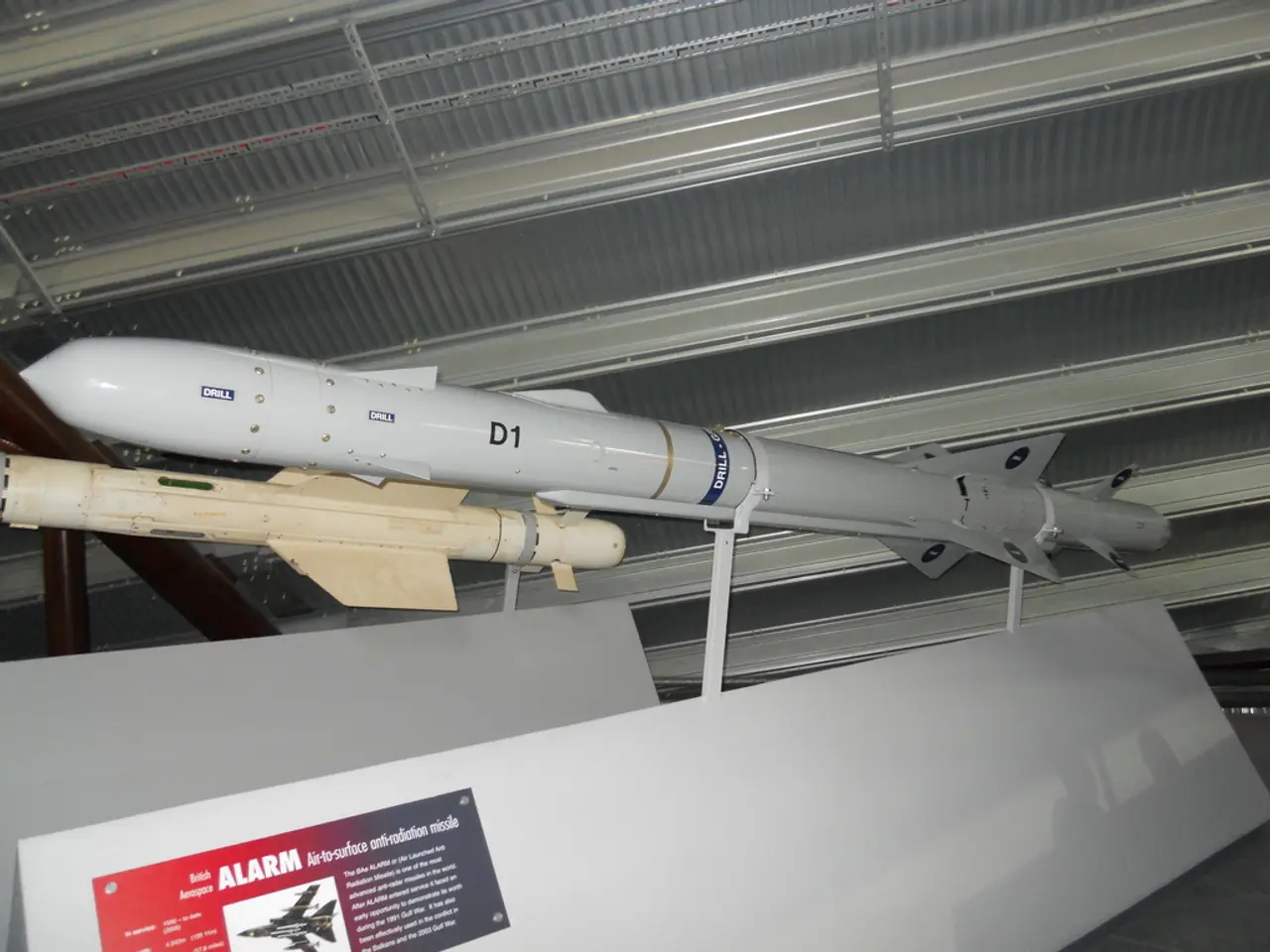Global Security Under Threat: Insights from Annie Jacobsen on Nuclear Conflict
### Title: Nuclear Submarines and the Global Nuclear Landscape: A Closer Look at Strategic Deterrence and Escalation Risks
In the complex world of international security, nuclear submarines have emerged as key players in strategic deterrence, yet they also pose significant risks due to their rapid launch capabilities and the current geopolitical climate.
#### Nuclear-powered Submarines and Launch Capabilities
Nuclear-powered submarines (SSBNs), such as Russia’s Yasen-class and those used by the United States, are critical components of strategic nuclear deterrence. These submarines, operated from home waters like the Barents Sea, can strike targets over long distances via ballistic missiles, and their covert ocean patrols complicate adversaries' detection and preemptive strike attempts.
The US maintains a significant portion of its nuclear warheads in high operational alert, with quick launch capabilities, serving as one leg of the nuclear triad (land, air, sea).
#### Launch Times and Risks
SSBNs can launch ballistic missiles within minutes of receiving orders, making them a potential source of rapid escalation if launch decisions are made under heightened tensions. The growing number of nuclear warheads, coupled with modernization efforts and the deployment of new warheads, raises the risk that launch-on-warning or hair-trigger alert postures could lead to accidental or mistaken launches.
#### Geopolitical and Security Context
Russia, the US, and China are actively expanding and modernizing nuclear arsenals, increasing the overall global risks associated with nuclear weapons employment. The erosion of arms control frameworks and increased geopolitical tensions in regions like Europe, the Middle East, and Asia further heighten these risks.
#### Summary
Strategic nuclear submarines, particularly Russia’s Yasen class and US SSBNs, are poised for rapid launch capabilities, forming central pillars of nuclear deterrence but also raising risks due to heightened alert postures and fleet expansions. Tactical nuclear weapons on multipurpose submarines add uncertainty, as their deployment is less transparent and not covered by major treaties, complicating arms control efforts.
The overall global nuclear risk is increasing due to expanded arsenals, modernization, treaty erosion, and new geopolitical tensions, underscoring the need to reopen arms limitation talks and strengthen alliances to reduce nuclear dangers.
In the context of global nuclear landscape, discussions around politics and general-news often revolve around the strategic roles of nuclear-powered submarines, such as Russia’s Yasen-class and those used by the United States, in maintaining strategic nuclear deterrence and managing escalation risks. The rapid launch capabilities of these submarines, particularly under heightened tensions, have become a topic of concern due to the potential for accidental or mistaken launches.








